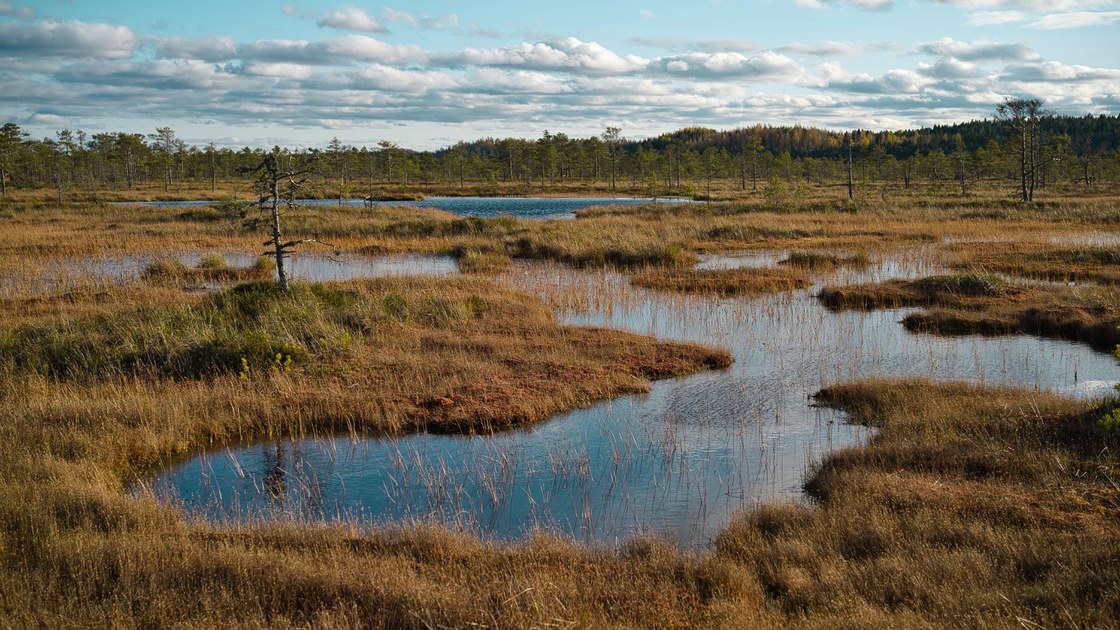What is the carbon storage and sequestration potential of Europe’s many land and marine habitats? A first scoping analysis, published by the European Environment Agency (EEA), found that forests and wetlands can play an important role in storing carbon but doing so should take account of potential impacts on biodiversity and ecosystem services.
In theory, well-functioning and healthy habitats can uptake and store large amounts of carbon and contribute to help Europe mitigate the effects of climate change by reducing carbon dioxide in the atmosphere. However, as the EEA briefing points out putting such measures into practice is more complex. Synergies but also trade-offs will have to be carefully considered to make sure nature conservation and restoration objectives and climate mitigation actions do not act against each other.
The EEA briefing, based on a larger scoping review by the EEA and the Wageningen University and Research, is the first attempt to classify a selected group of different land and marine habitats and ecosystems according to their carbon stocks and carbon sequestration capacities. The study used the European Nature Information System (EUNIS) habitat classification system. The aim is to build up a base of knowledge and data for future research on carbon storage capacities in support of nature restoration and conservation as well as climate mitigation policies.
Read the briefing Carbon stocks and sequestration in terrestrial and marine ecosystems: a lever for nature restoration?




